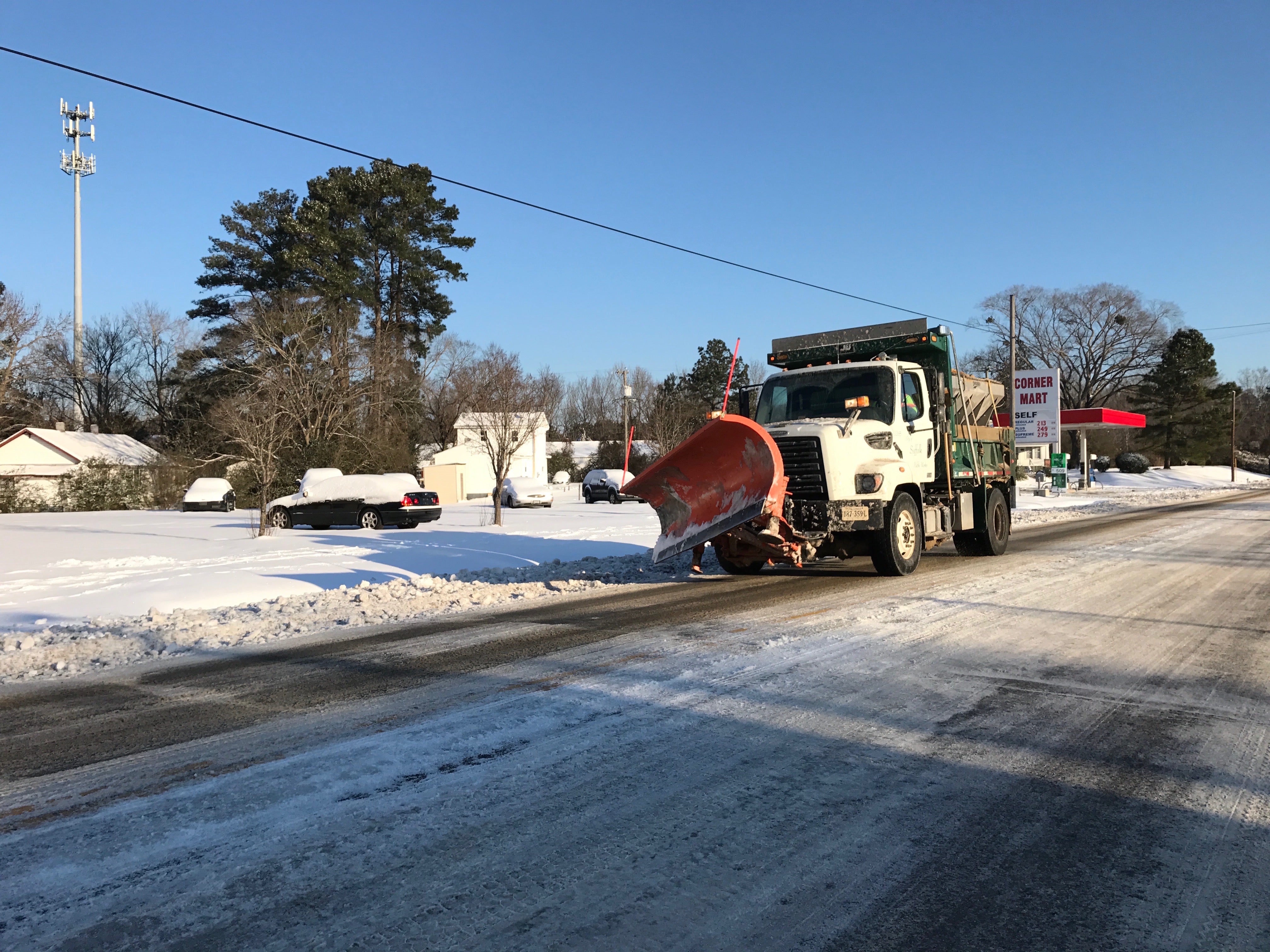James E. Perkinson – Sleepy Hole Borough (School Board)
Published 12:00 am Sunday, May 2, 2004
Name: James E. Perkinson
Age: 59
Profession: Education, currently the academic officer of the Chesapeake campus of Tidewater Community College.
Education: Bachelor’s degree from East Carolina University; a master’s degree in education from Old Dominion University; post-graduate work.
What are your qualifications for this seat? My qualifications for this seat may be grouped into several areas, including a strong educational background and experience on the board. I have worked in secondary education…and in higher education at the community college level for the past 35 years.
I’m completing my second term on the board, currently serving as the vice chairman.
Through my involvement on the board, I have been able to expand my network of contacts throughout the region.
These contacts span a variety of areas that range from other school board members, city council members, state legislative members, area business and industry leaders and economic committees.
This network is a great source for assistance with many of the problems that the board may encounter.
Why should people vote for you on May 4?
In addition to my experience in education and on the school board, there are additional reasons people should vote for me.
I am their representative, the citizens and children. I am a team player and I listen to, and I am open to, suggestions and requests.
I evaluate the information and make decisions I feel are best for our community and our students.
I have three priorities for our system.
These are (1) accreditation of all of our schools; (2) funding for competitive salaries, modern facilities and adequate equipment; and (3) the expansion of educational opportunities for our students.
Suffolk Public Schools has traditionally had trouble recruiting teachers.
What would you recommend that Suffolk do to get attract and keep top-notch teachers?
Teachers are the key to student success. Currently, almost 50 percent of our teachers have been in the system for five years or less. This is an alarming statistic; experience in the classroom helps to produce better teachers. Teacher recruitment has become more competitive over the past few years, particularly since the requirements of the No Child Left Behind Act have reduced the pool of available teachers.
To remain competitive in teacher recruitment and retention, Suffolk must provide competitive salaries at every year of experience, continue to provide professional development opportunities, continue to provide modern-up-to-date facilities and equipment, and continue to improve the work environment.
We, the school board members, work hard to keep city council and state officials apprised of our needs.
The nation recently observed the 5th anniversary of multiple school shootings at Colorado’s Columbine High School. How safe are students in Suffolk today?
I feel the students in our schools are safe. We have taken various steps to help insure their safety. Some of these steps include improved working relations with the city police, resource officers in the schools, identification badges, cameras, metal detectors, unannounced building searches, and a greater awareness of situations that could develop into problems.
Policies and procedures that provide specific guidance in the case of different incidents that may arise have been written, rewritten, and implemented. We have taken a proactive approach to school safety.
But we should never feel that what we have will provide an impregnable blanket of protection.
We are constantly looking for additional ways to increase the safety of our students.
We need the eyes and ears of our students, their families, and the community in this effort.
Suffolk is one of the fastest growing school divisions in the state today.
What steps do you believe the school system needs to take in order to keep up with the rapid growth?
As the city grows, so does our school system. We are growing at such a rate that the number of new students each year would fill an elementary school if all of the students were of that age group and in the same area.
We have a 10-year capital improvement plan that we have based upon projected growth that is presented to City Council annually.
Each year our plan is updated to reflect the funding we have received and to modify any changes in enrollment growth.
There are other actions that could be taken if necessary, including more modular units, the use of other buildings and churches throughout the city, extended days, dual shifts, and the use of alternative delivery methods (on-line classes). We keep in touch with city and state officials in order that they are aware of our needs.
Fortunately, our city council is very pro-education and has been able to help us meet this challenge.
The City Council has recently expressed a strong desire to see more neighborhood schools in Suffolk’s future.
But during a recent joint meeting between council and the School Board, Dr. Milton Liverman indicated that neighborhood schools would not be the most economically feasible way to grow schools.
What are your thoughts on this topic?
Unfortunately, Dr. Liverman is correct. Neighborhood schools are not the most economically feasible way to grow schools at this time.
As a graduate of a school located in a small city, I know many of the advantages of such a school.
However, there are also some disadvantages. Smaller schools cannot offer as wide of a variety of courses as larger schools.
Smaller schools may not have as of a diverse student population as larger schools. Construction costs for smaller schools will be more costly verse construction costs for a larger school.
Additionally personnel costs will be higher in several small schools verse a larger school due to the administrative, counseling, and staff positions that will be required.
If given a choice between several small schools and a large school, I would support the smaller schools.
However, due to the overall economics involved with the two sizes, we do not have that option.
— Compiled by Allison T. Williams



